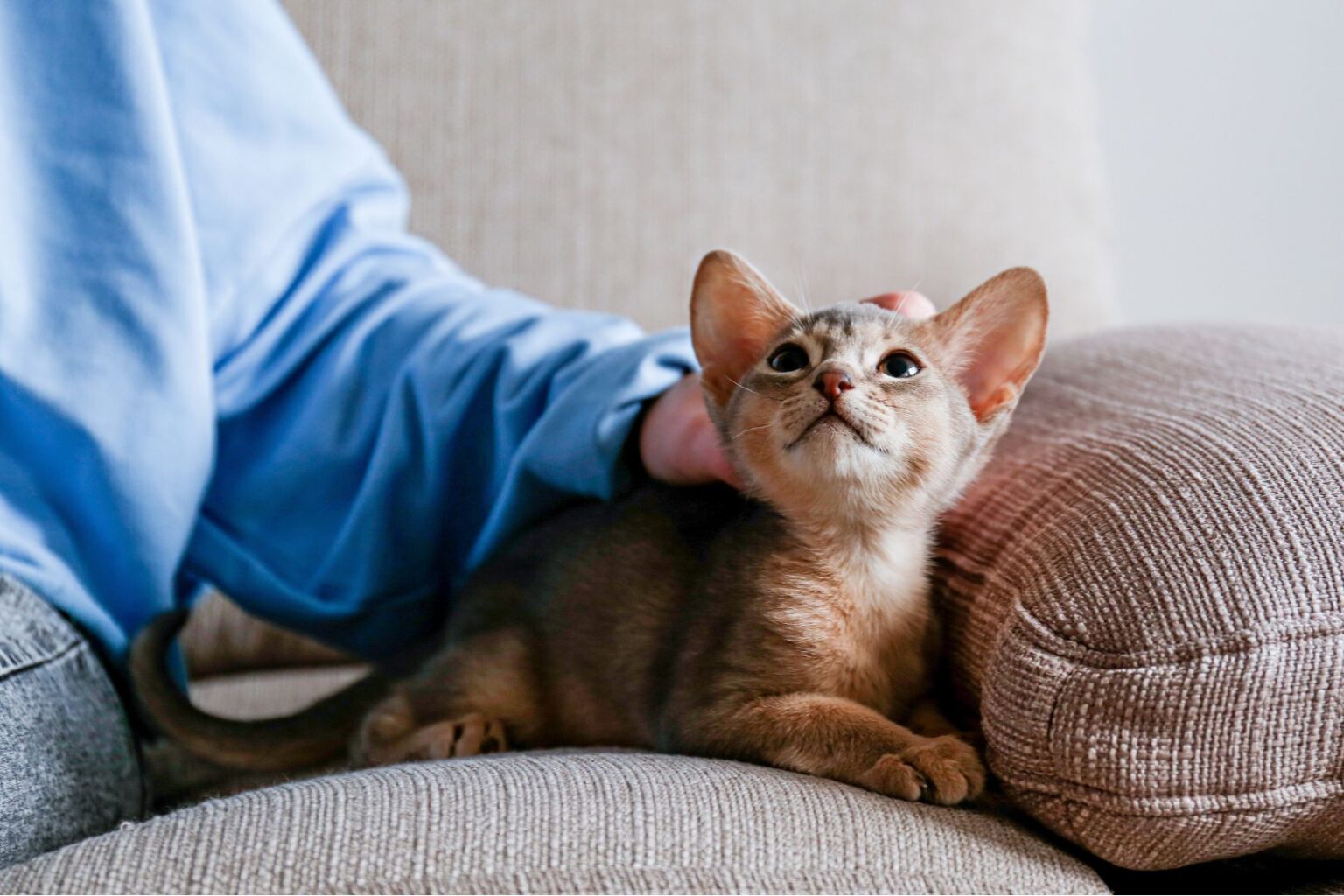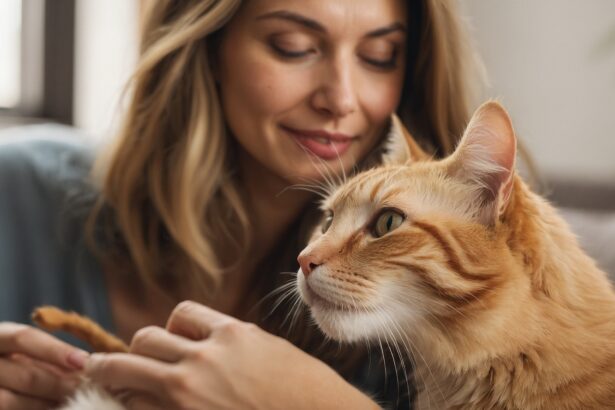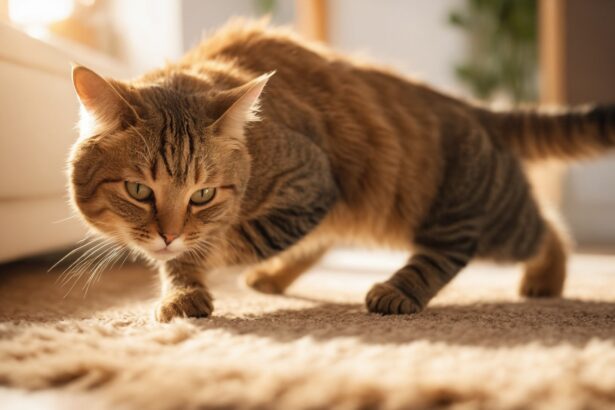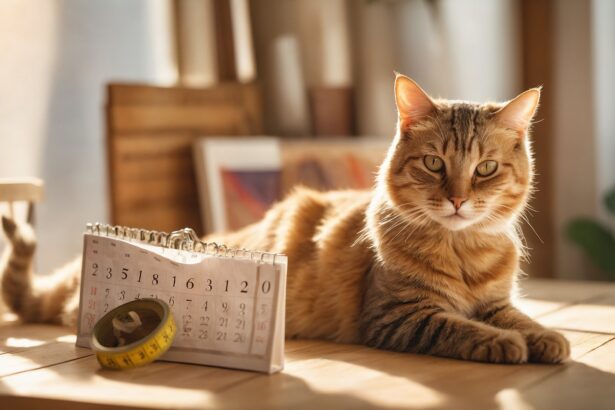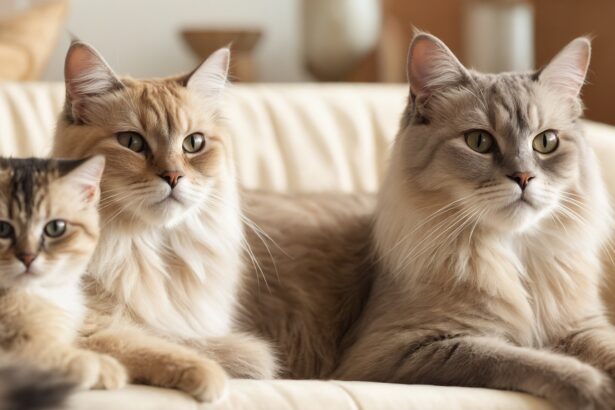The mystique of the feline purr
There’s a reason that soft buzz makes our shoulders drop and our hearts melt. A cat’s purr is a tiny engine of comfort, a sound that says “you’re safe with me.” It’s also far from simple. Cats purr for joy, yes, but also for reassurance, recovery and even to get our attention.
Ready to translate that velvet vibration into meaning? We’ll explore how purring works, what your cat might be saying and when to listen closer. Spoiler: it’s not always a happy song.
What exactly is purring?
Purring is a rhythmic vibration produced during both inhalation and exhalation. In most cats, it sits in a low-frequency range often reported around a few dozen Hertz, which we perceive as that cozy rumble against our skin.
Biologically, the brain drives tiny laryngeal muscles to open and close rapidly as air passes through. Think of it as a built-in metronome coordinated by the nervous system. The result is a continuous, soft vibration that many cats use as their emotional Swiss Army knife.
Curious about the many reasons behind this sound? Explore more perspectives in our guide on why cats purr.
Mechanics made simple: how the body makes that buzz
When your cat relaxes, the brain sends steady signals that make the vocal folds vibrate. Because this happens during both in-breath and out-breath, the purr feels continuous and soothing.
Those low frequencies are interesting for another reason: they align with ranges sometimes explored in physical therapy to support tissue recovery. While purring isn’t a medical treatment, the overlap helps explain why cats might instinctively use it when they’re unwell.
Fun fact you’ll love
Kittens start purring just days after birth, helping them bond and communicate with their mother. And they aren’t alone: many small wild cats purr too, including cheetahs.
Why cats purr: contexts and clues
Purring has many meanings. Context is everything. Ask: what else is your cat’s body saying? Ears, whiskers, tail and posture complete the sentence.
- Contentment: relaxed eyes, loaf pose, slow blinks, gentle tail. This is your classic couch cuddle purr.
- Comfort-seeking or pain: tense body, hunched posture, hiding, reduced appetite. Purring can be self-soothing here.
- Connection: greeting you at the door, nursing kittens or snuggling with a feline friend.
- “Please notice me” purr: sometimes mixed with a higher-pitched note to get you moving toward the food bowl.
If purring appears with pacing, hiding, overgrooming or sudden irritability, your cat might be stressed. Spot the signs with this gentle primer on stress in cats.
Common mistake to avoid
Don’t assume a purring cat is always happy. Cats often purr when they’re in pain or anxious. If you hear increased purring alongside changes in appetite, grooming or litter habits, it’s time for a health check.
The soothing power of purring
Many guardians describe a purr as a living lullaby. It can calm us during tough days and help cats relax after a scare or a vet visit. Those steady vibrations may support rest and a return to baseline after stress.
For us humans, listening to a cat purr can feel like guided meditation: slow breathing, softer muscles, a quieter mind. It may not mend bones, but it can work wonders on mood and tension.
Want a quick wellness scan for your whiskered friend? Here are the easy-to-spot signs of a healthy cat.
Your purr-starting tip
Try the “slow-breathe cuddle.” Sit comfortably, place a warm blanket on your lap and let your cat settle. Rest your palm gently between the shoulder blades and match your breathing to a calm, slow rhythm. Many cats slip into purring within a minute because your relaxed body becomes their comfort cue.
How to respond to a purring cat
- Read the room: pair the purr with posture, eyes and tail. Relaxed body plus purr? Enjoy. Tense body plus purr? Offer quiet, warmth and space.
- Offer comfort: soft bedding, a familiar scent and low lighting help anxious cats use purring to self-soothe.
- Check basics: food, water, litter and a calm environment. Sometimes the “notice me” purr is just a polite nudge.
- Call the vet when needed: increased purring with lethargy, hiding, limping or appetite changes deserves a professional look.
Want to expand your feline dictionary beyond purring? Learn to decode your cat’s meows and you’ll understand the full conversation.
Extra nugget to tuck away
Some cats weave a subtle, higher-pitched “cry” into their purr when they want something urgently. Once you notice it, you’ll never un-hear it—especially around breakfast time.
Quick recap
- Purring is a versatile communication tool, not just a happiness badge.
- Low, steady vibrations help cats relax and may support recovery behaviors.
- Context tells you which meaning your cat intends—always look at the whole body.
- When in doubt, comfort first, then consult your vet if anything feels off.
For even more insight into feline body language, don’t miss our friendly explainer on the many reasons cats purr.
FAQ
Do cats purr when they’re in pain?
Yes. Purring can be self-soothing, so cats often purr when injured, anxious or unwell. Always read the body language and overall behavior.
How do cats physically produce a purr?
The brain sends steady signals to the laryngeal muscles, creating rapid open–close movements as air flows in and out, which we hear as a continuous vibration.
Can a cat’s purr reduce my stress?
Many people find purring calming. While it’s not a medical treatment, its rhythm and sound can support relaxation and softer breathing.
When should I worry about purring?
If purring comes with hiding, limping, appetite changes or a hunched posture, contact your vet. Context gives the true meaning.


